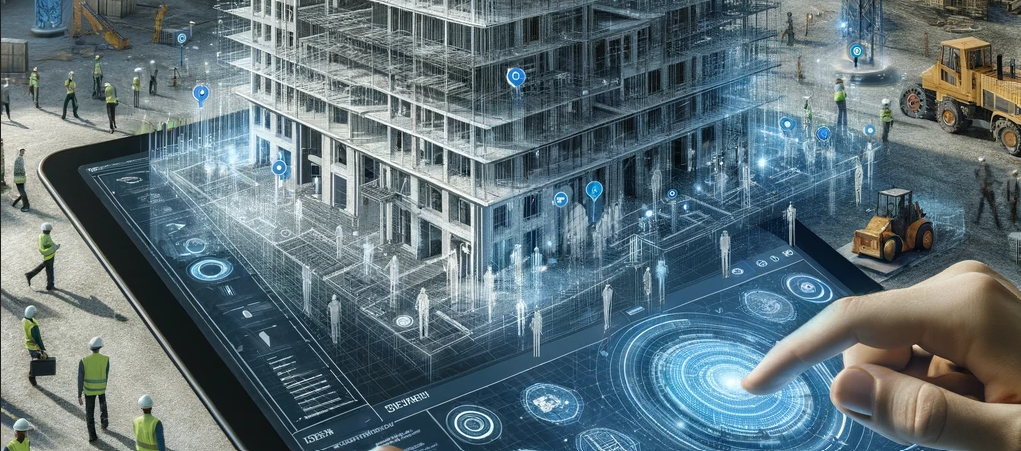BIM Adoption in India: A Comprehensive Overview and the Path Ahead
Introduction: The Rise of BIM in India
Building Information Modeling (BIM) is transforming the construction industry worldwide. As one of the fastest-growing economies with a rapidly developing infrastructure sector, India is at the cusp of embracing this technology. Over the last few years, BIM adoption in India has gained significant momentum, driven by both the private sector and government initiatives.
In this blog, we will explore the current landscape of BIM in India, the challenges the industry faces, the benefits of adopting BIM, and its future trajectory in the country.
Global BIM Adoption: A Snapshot
Globally, BIM adoption has been widely embraced, especially in developed nations. Here’s a look at how different regions have embraced this technology:
-
North America: BIM is nearly universal in the United States and Canada. Both countries have integrated BIM into most public sector projects, and private sector adoption is strong.
-
Europe: Countries like the UK and the Scandinavian nations are BIM leaders, with mandates in place for public sector projects.
-
Asia-Pacific: Countries such as Japan, Singapore, and South Korea have made impressive strides in BIM adoption. India, too, is on the rise, though at a slower pace.
-
Middle East: The UAE, especially Dubai, has adopted BIM for large-scale projects, aiming for smart city development with high-tech construction techniques.
Graphical Representation 1: BIM Global Adoption Map
-
A world map showing the varying levels of BIM adoption across countries.
BIM in India: Current Landscape and Challenges
India is gradually adopting BIM technologies, but it’s not without challenges. Despite the potential, BIM adoption is still in its early stages compared to other parts of the world.
Key Drivers of BIM Adoption in India:
-
Government Initiatives: The Indian government has been promoting BIM through various initiatives like the Smart Cities Mission and Pradhan Mantri Awas Yojana (PMAY). These programs highlight the importance of digital technologies to achieve efficiency and sustainability in urban planning and construction.
-
Private Sector Growth: The private sector, particularly in commercial and residential real estate, is increasingly adopting BIM to streamline operations, improve quality, and reduce time-to-market.
Challenges in BIM Adoption in India:
-
High Initial Costs: BIM software and implementation require a considerable investment, which can be a barrier for small and medium enterprises (SMEs).
-
Lack of Skilled Workforce: The shortage of skilled professionals with BIM expertise is one of the main challenges in adoption.
-
Resistance to Change: The construction industry is deeply rooted in traditional practices, and changing long-established workflows to embrace BIM technologies can be met with resistance.
Benefits of BIM for India’s Construction Industry
BIM is not just a trend; it is a powerful tool that can transform the construction landscape. Here are the key benefits of BIM adoption for India:
-
Improved Project Efficiency: BIM streamlines the design and construction processes, ensuring that all stakeholders—from architects and engineers to contractors and clients—are on the same page, improving efficiency.
-
Cost Savings: Through better resource management, waste reduction, and fewer change orders, BIM can significantly reduce costs across the project lifecycle.
-
Enhanced Collaboration: BIM allows all project stakeholders to collaborate in real-time, ensuring fewer errors and reducing delays.
-
Sustainability: By optimizing resource use and improving energy efficiency in designs, BIM contributes to sustainable building practices.
The Future of BIM in India
The future of BIM in India looks promising. Several factors are driving this optimistic outlook:
-
Government Mandates: The government is gradually mandating BIM for public infrastructure projects, which will catalyze its wider adoption.
-
Technological Integration: The convergence of BIM with emerging technologies like Artificial Intelligence (AI), Virtual Reality (VR), and the Internet of Things (IoT) will make BIM even more powerful, enabling smarter and more efficient designs.
-
Education and Training: With more institutions offering BIM-focused courses and professional certifications, the availability of skilled talent will help further fuel BIM adoption.
Conclusion: BIM’s Transformative Impact on India’s Infrastructure
India’s construction industry is on the verge of a major transformation, and BIM will play a critical role in shaping the future of urban development. As the country continues to build its infrastructure and urban centers, the efficiency, cost savings, and sustainability offered by BIM will be invaluable in meeting the growing demands of the sector.
Though challenges remain, the future of BIM in India is bright. With increasing government support, the rise of a skilled workforce, and the integration of innovative technologies, BIM is set to become a cornerstone of India’s construction industry in the coming years.
Call to Action: Stay Ahead with BIM Training and Solutions
Is your firm ready to embrace the future of construction? Stay ahead of the curve by adopting BIM technologies today. At ACE India, we offer comprehensive BIM training and consulting services to help your team make a seamless transition into the digital age of construction. Contact us today to learn more about how we can help you implement BIM in your projects!









































